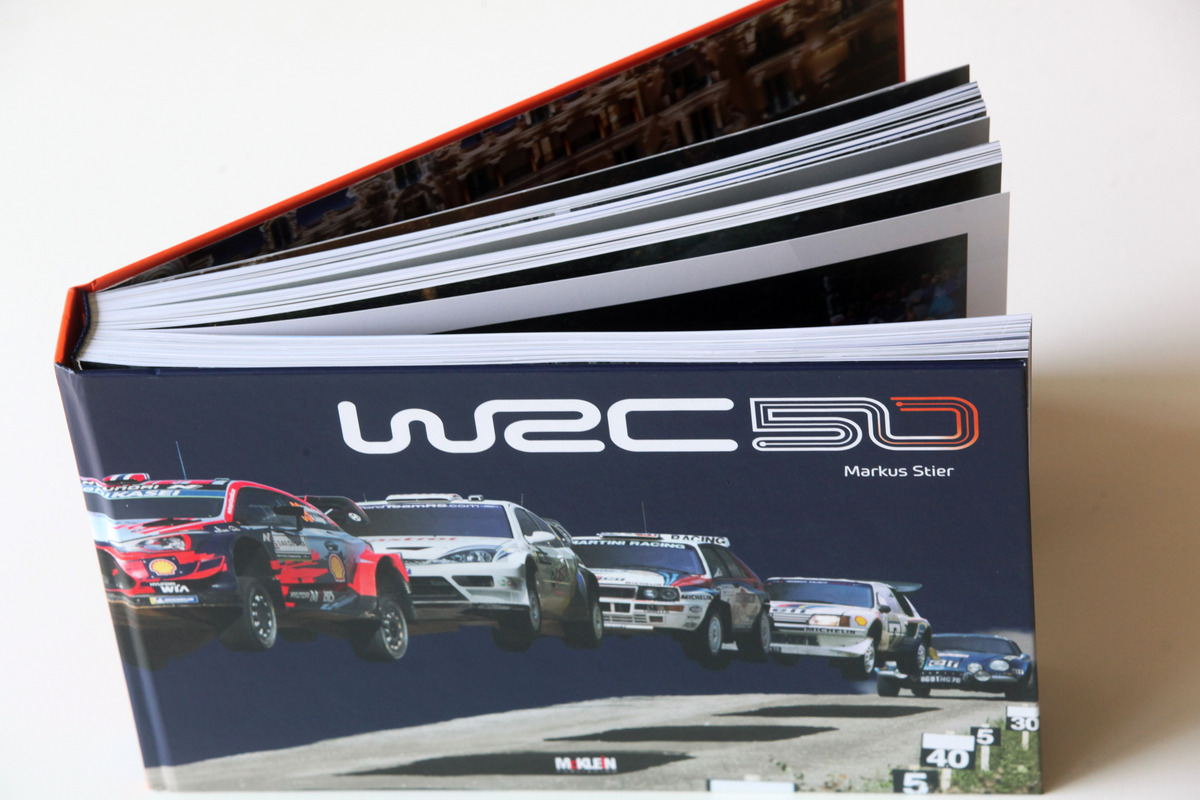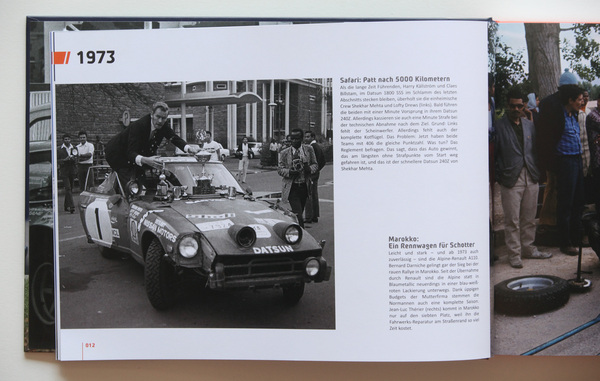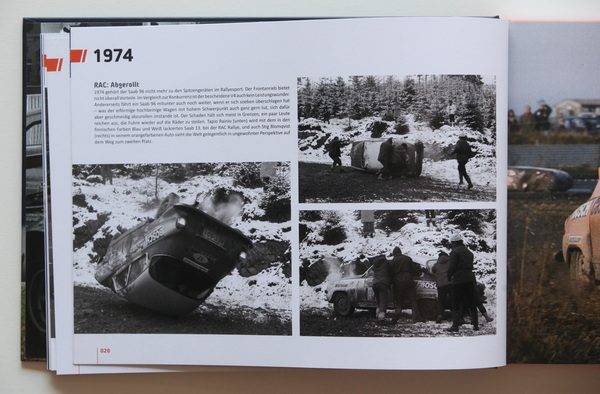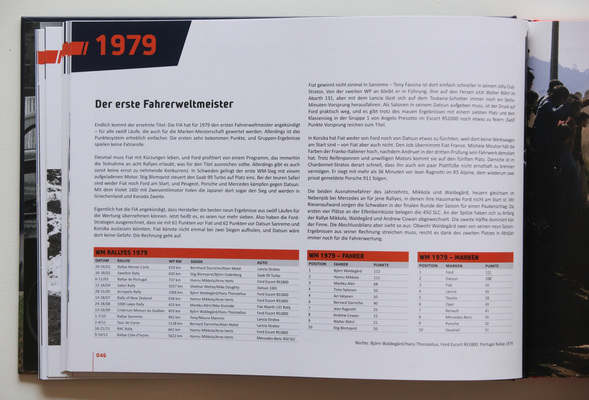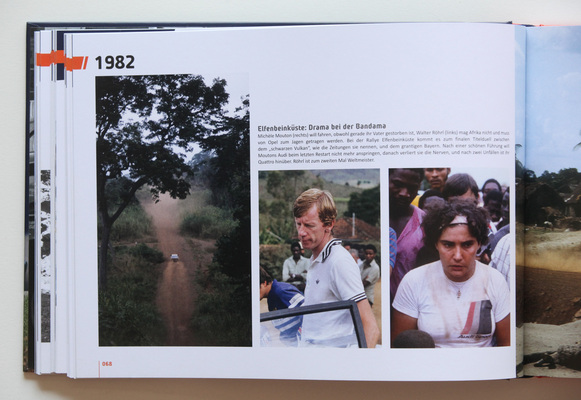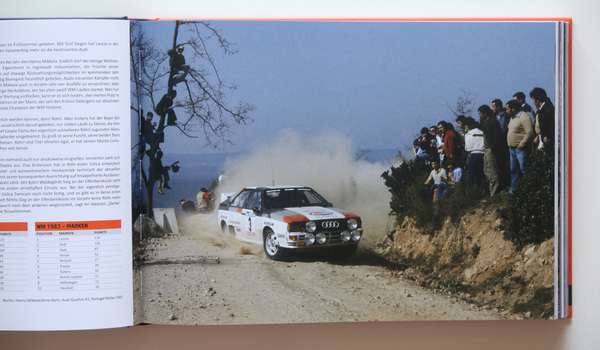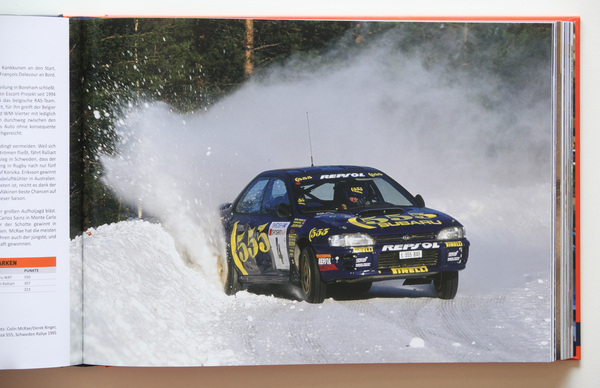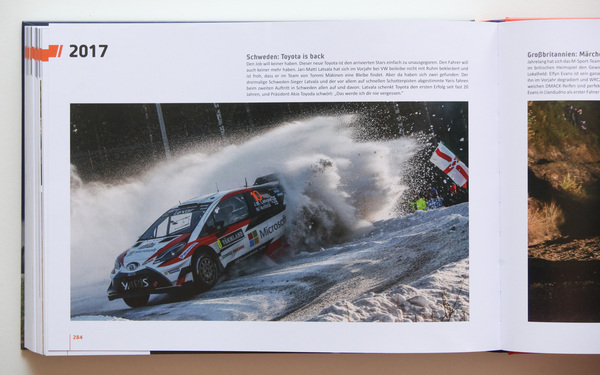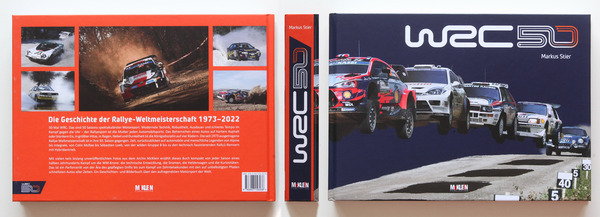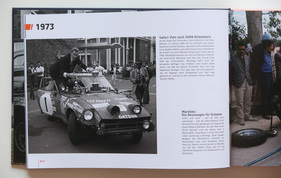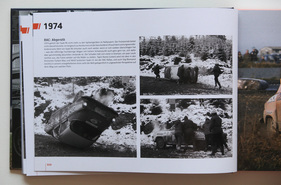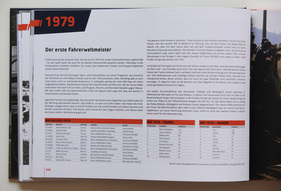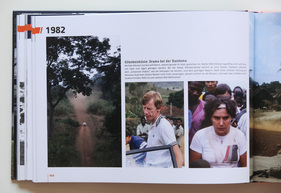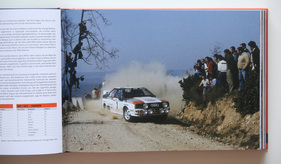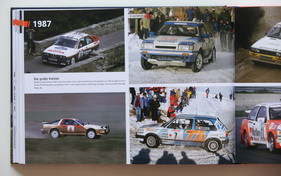This year marks the 50th anniversary of the WRC World Rally Championship. To celebrate the anniversary in style, Markus Stier has now written a 320-page book that brings together the highlights of half a century of rallying and bears the short and apt title "WRC 50".
Through the years in six-page increments
Stier gets to the point relatively quickly and does not spend a lot of time on lengthy explanations: A two-and-a-half-page foreword on the origins of rallying and the development from the finish to the time trial to the first official staging of the WRC in 1973 will have to suffice to give the reader the back story for everything that now follows. There is no space in this book for anything that happened before 1973. This consistent approach is commendable.

Stier then takes us chronologically through the individual seasons. The chapters are all structured according to the same pattern: Each rally year begins with a one-page summary of the season, including the calendar of events, pairings of winners of the individual rallies, the manufacturers' World Championship table and, from 1979 onwards, the drivers' World Championship table.

A tiny mistake in the opening credits for the 1982 season: Röhrl only won two rallies that year, not three, and therefore one less than Michèle Mouton. It is correctly stated in the table.
No Walter cult
Particularly eventful rallies or rallies worth mentioning for other reasons (e.g. the last victory of a rear-wheel drive car in Corsica in 1988 or the closest victory of all time in Jordan in 2011) are highlighted separately afterwards with a photo of the event and a twelve-line explanatory text. Nice (and not a matter of course for German books): Stier does not lapse into effusive hymns of praise for Walter Röhrl, but treats him like any other driver. Arganil 1980 is of course nevertheless highlighted as one of the special stages of the year.

If the regulations for the cars changed drastically (e.g. from Group 4 to Group B), the new vehicle class is briefly presented on one page before the start of its "era". Of course, Stier has not forgotten the "Rally 1", which is valid from this year onwards. The texts are informative, entertaining and, thanks to their brevity, avoid superfluous fuss.
Mood or action
The photos from the McKlein archive are of the usual high quality. According to the blurb, some of them have never been published before. Most of them accompany a section of text and therefore require no further explanation. Photos without a direct reference to a team or a rally are labeled with the driver pairing, vehicle, rally and year. The motifs range from preparations for the start in the paddock to the usual, but no less attractive drift and jump shots to spectacular accidents such as Mikko Hirvonen's five-way Focus spin in Finland in 2010.

Some motifs are also simply atmospheric in a bizarre way. For example, the one of Sébastien Loeb crouching in the shade of a tree with an old Mexican in 2004. Or the one of the Audi 200 Quattro standing all alone in the undergrowth of the Kenyan wasteland in 1987, looking nothing like a special stage or even just a beaten track.
Conclusion
"WRC 50" is a good book in its conceptual simplicity. It delivers what the title promises, informs with its texts and fascinates with its photos. It strikes a good balance between text and images, so that neither a pure "picture eater" nor a pure "story reader" will feel they are getting too little for their money. Markus Stier's anniversary volume is available now for 49.90, in either German or English.
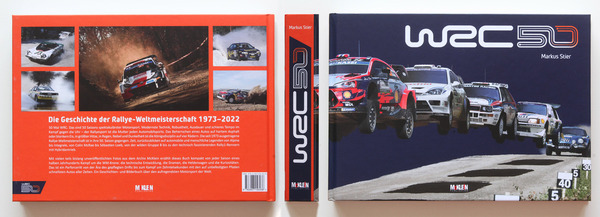
Bibliographical details
- Title: "WRC 50"
- Author: Markus Stier
- Publisher: McKlein Publishing
- Edition: 1st edition June 2022
- Format: Hardcover, 297 x 210 mm
- Scope: 320 pages, 362 illustrations
- ISBN: 978-3-947156-43-6
- Price: EUR 49.90
- Buy/order: Online at McKlein Publishing, o nline at amazon.de or in relevant bookstores
